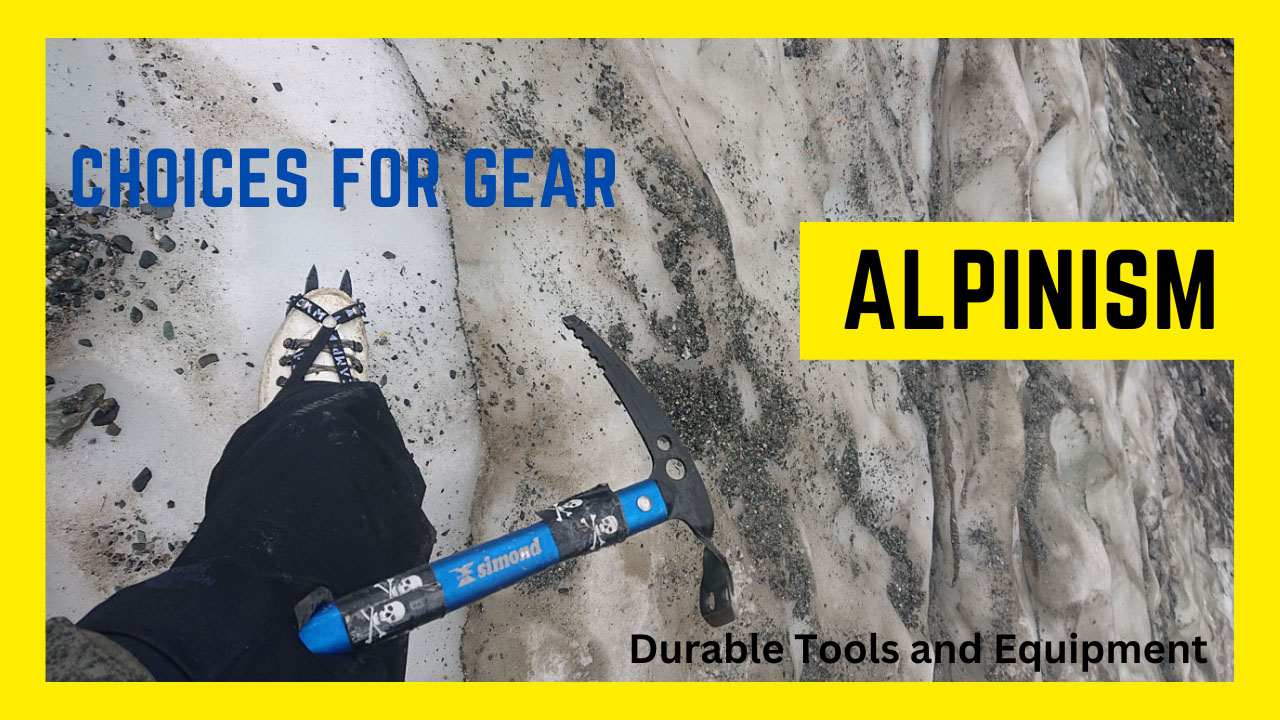Choices for Gear (Alpinism)
Knowledge Base
In Alpinism climbers’ choices for gear are as diverse as the mountains that draw them. Climbing gear must be durable and versatile enough to handle the rigors of mountaineering. However, climbers must also be able to adapt their equipment to the terrain and abilities of the expedition. Customized equipment ensures that each climber is successful in the mountains.
Mountaineers need specialized gear for their activity. Generally speaking, alpine climbers need more durable tools and equipment than mountain climbers. They also need more safety gear, since they are exposed to greater injury risks. Additionally, alpinists must have more food since they are generally higher up on the mountain and may not return to base every day. Lastly, alpinists usually carry more medical supplies since they are often lower on the mountain than their medical facilities are.
Appropriate Gear
Climbers should customize their gear based on their climbing style. For example, ice climbers need different tools from mountaineers. These differences reflect the unique demands each group has in the mountains. Climbers should also understand how their choices affect the safety of other members of the expedition. For example, a heavy climber obstructed by inadequate gear will slow down other members of the group. In addition, a climber unable to adequately protect himself while climbing should also ensure that his fellow climbers are safe as well.
Plan for Gear
It’s important to select the appropriate gear for every climbing expedition. A climber unprepared for mountaineering conditions may find himself in dangerous territory or unable to complete his climb due to insufficient supplies. To avoid this scenario, climbers should always carefully plan out their course of action before they embark on any expeditions. They should also make sure they have all the necessary gear before they climb. Failing to do so could result in serious injury or failure of the expedition due to inadequate gear- selection and preparation.
Safety
Climbers must understand how their choices affect the safety of other members of the expedition. For example, a heavy climber obstructed by inadequate gear will slow down other members of the group. In addition, a climber unable to adequately protect himself while climbing should also ensure that his fellow climbers are safe as well. Clearly defining each member’s responsibilities will help everyone have fun in the mountains successfully!